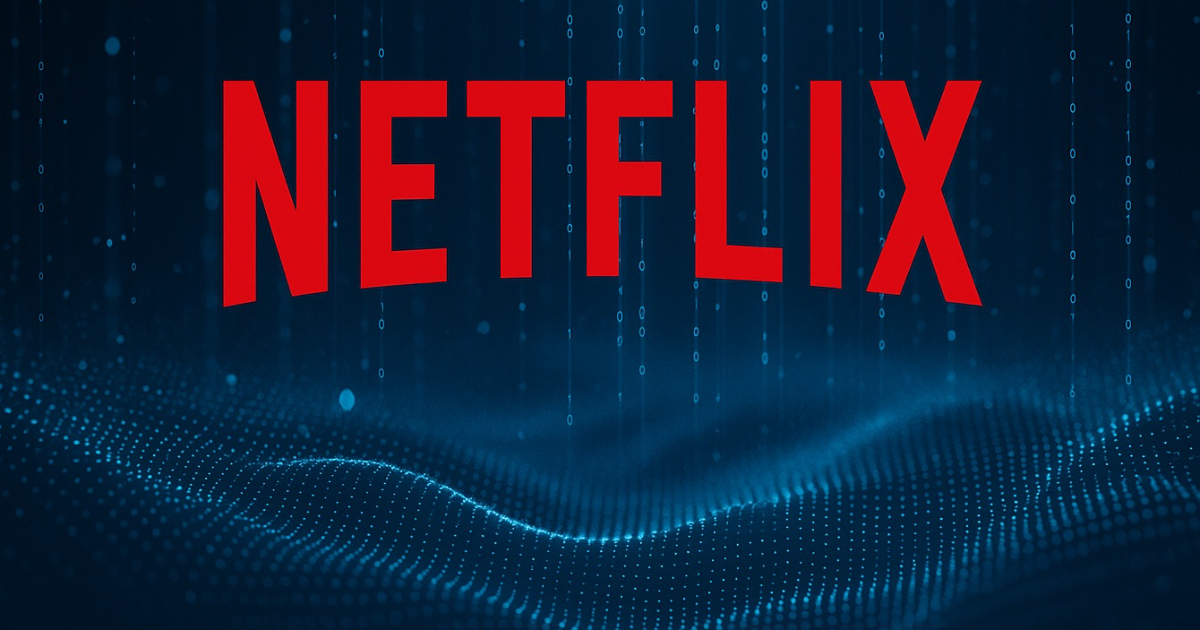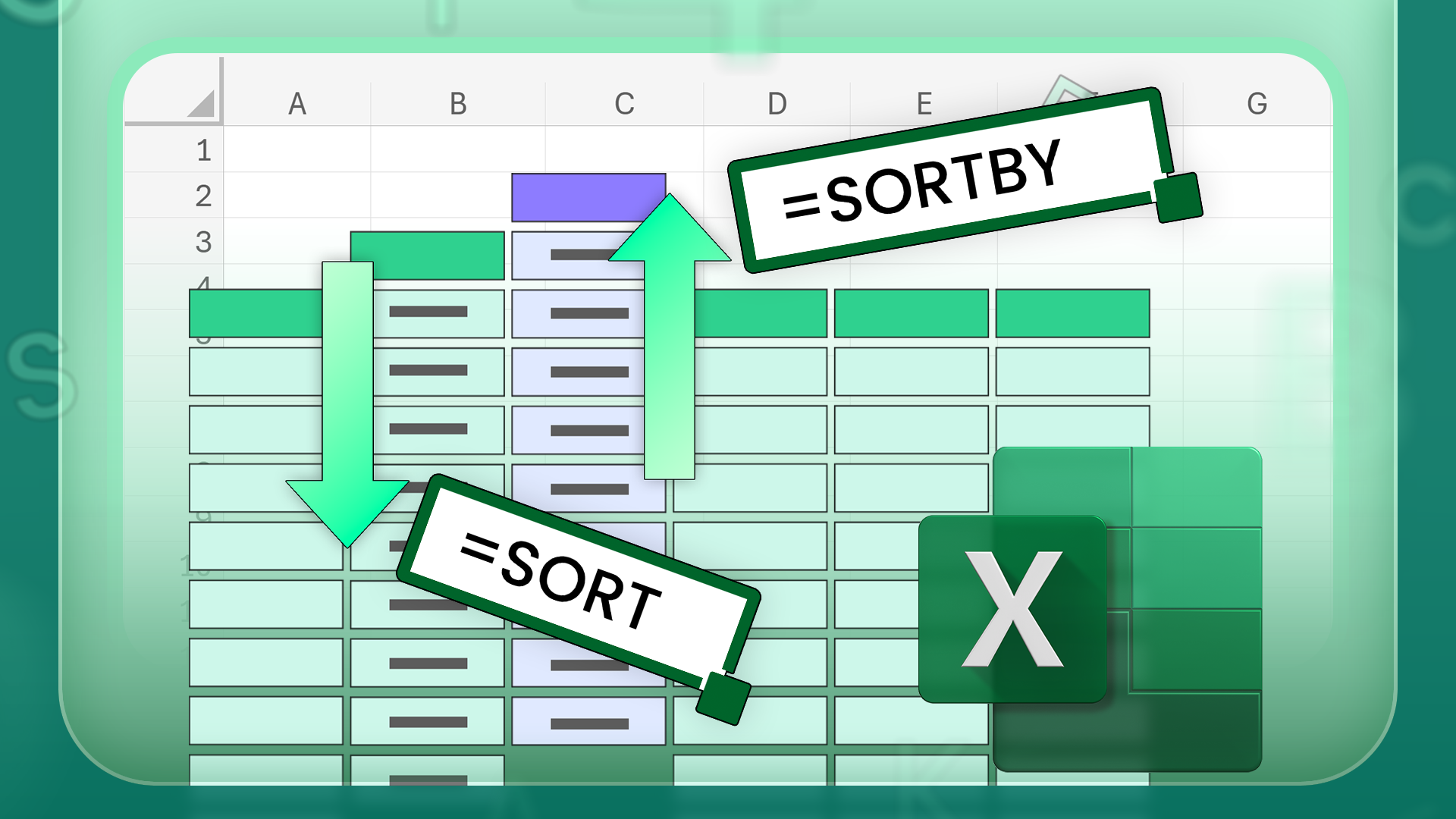Netflix has introduced a new engineering specialization—Media ML Data Engineering, alongside a Media Data Lake designed to handle video, audio, text, and image assets at scale. Early results include richer ML models trained on standardized media, faster evaluation cycles, and deeper insights into creative workflows.
In a recent blog post, the company described how this evolution moves its data engineering function beyond “facts and metrics” tables toward supporting machine learning directly on media content.
By formalizing the role and platform, Netflix aims to provide standardized, ML-ready datasets and enable faster experimentation in areas such as localization, media restoration, ratings, and multimodal search.
Netflix’s data engineering team once focused on structured tables for metrics, dashboards, and models. As studio operations expanded, however, they faced a flood of multi-modal, unstructured media — video, audio, images, and text — at massive scale.
These assets, tied to creative workflows and lineage, introduced complexity that traditional pipelines couldn’t manage, prompting the need for a new approach.
To meet this challenge, Netflix created Media ML Data Engineering, a specialization at the intersection of data engineering, ML infrastructure, and media production. These engineers build and maintain pipelines for the Media Data Lake, standardize assets, enrich metadata, and expose ML-ready corpora for research and production.
Collaboration is central: they work with domain experts, researchers, and platform teams to ensure solutions meet both technical and creative needs.
(The Media ML Data Engineer)
The Media Data Lake is designed specifically for storing and serving media assets and their metadata. The lake is powered by LanceDB and integrates into Netflix’s big data ecosystem.
At its core is the Media Table, a structured dataset that captures metadata and references to all media assets, and can also store ML outputs like embeddings. Netflix notes that by combining metadata with outputs such as embeddings, the Media Table enables complex vector queries and experimentation with multimodal search.
Supporting components include a standardized data model, a pythonic Data API, UI tools for exploration, and systems for both real-time queries and large-scale batch processing. Together, these enable media assets to be searched, explored, and prepared for ML training at scale.
(Media Table)
These tables already power several applications, including translation and audio quality metrics using TTS models, HDR video restoration, compliance checks for smoking or gore, and multimodal search across frames, shots, and dialogue.
Netflix positions these examples as evidence that media tables are not just a storage layer but a driver of new creative and operational workflows.
Before reaching these use cases, Netflix began with a scoped “data pond” focused on video and audio from its internal asset management system and annotation store. The company reports that this limited rollout allowed them to de-risk the introduction of new technology and ensure a solid, extensible foundation before scaling further.
Looking ahead, Netflix highlights benefits already emerging: richer and more accurate ML models trained on standardized media, faster evaluation cycles, quicker productization of new AI features, and deeper insights into creative workflows.
The company plans to expand the Media Data Lake further and share future learnings with the wider data engineering community.









